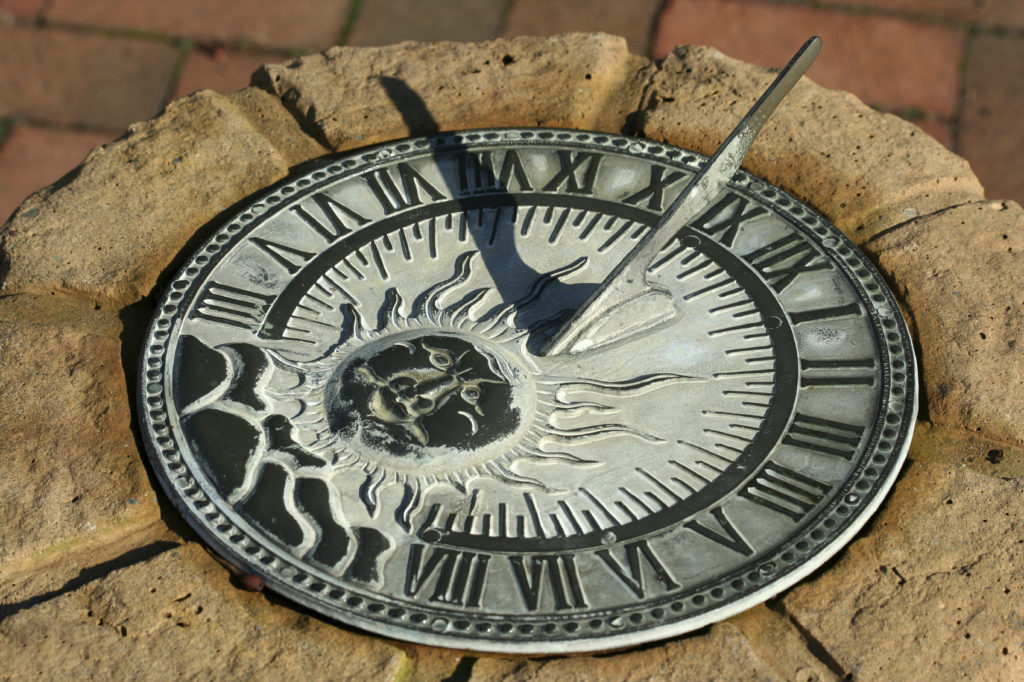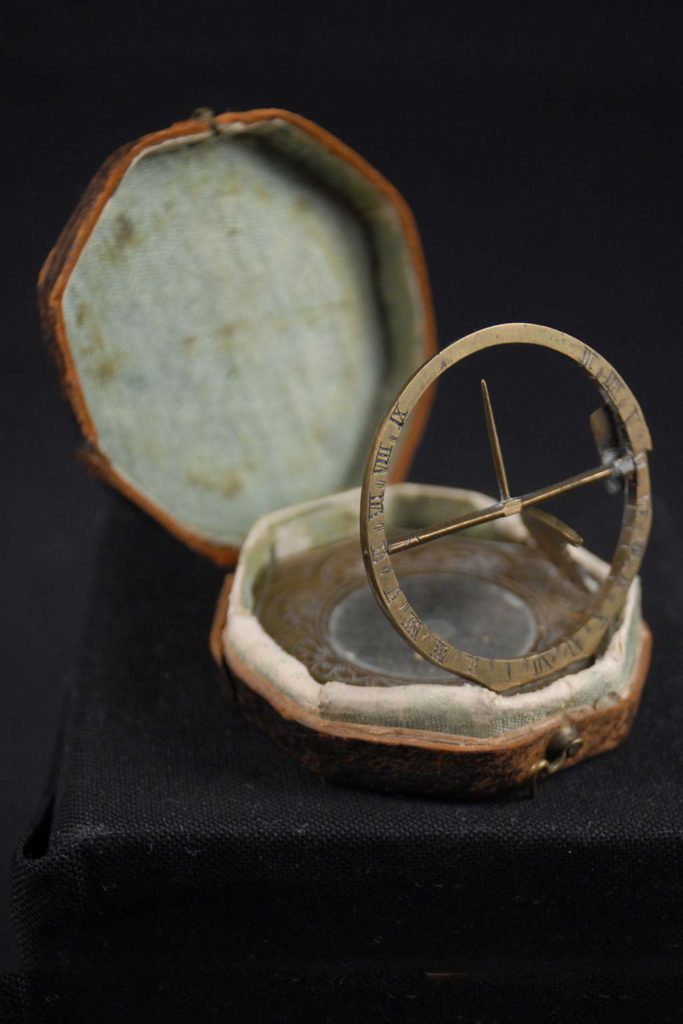Your challenge this week if you choose to accept it – make a sundial!
Sundials are one of the oldest forms of technology in the world! It’s the first time-keeping device ever created. They are believed to have first been used over 3500 years ago in Egypt.
If you would like to learn more about the history of the sundial check out this video from the Canada Science and Technology Museum, then grab your supplies and let’s get building your own sundial.
Supplies:
- Stick or ruler
- Rocks or chalk
- Playdough (if needed )
- A sunny day or two!
- A watch or clock

So, how exactly does a sundial work, you ask? As the sun goes about spinning on its axis, the shadows cast by the light from the sun change location throughout the day. By recording these locations on a stationary surface every hour, you can create a way to tell time!
As you may know, while the Earth is spinning it is also rotating around the Sun in orbit, and the orbit is elliptical not circular so there will be some variance in your sundial’s abililty to tell accurate time all year round. And, don’t forget about Daylight Savings Time. You’ll need to reset your sundial or you’ll be an hour late everywhere!
Instructions:
- Find a sunny spot in a lawn or even on a sidewalk.
- Put the stick in the ground. If it is a sidewalk, put the stick or ruler in the playdough and use that to hold the stick upright on cement.
- Throughout the day, place a rock, or mark with chalk for each hour indicating where the shadow falls at that time. Depending on your time, you may have to place rocks over a couple of days before your sundial is complete.

Tip: If you don’t have a stick or ruler just grab a family member and have them stand perfectly still in the sun for a couple of days. Just kidding! Maybe just for a few hours. Am I kidding this time? You be the judge.

In case you need something smaller, here’s one for you!

This is an example of the small sundials that people could carry around with them. For those they needed a compass to make sure they were always facing the right direction to read the sundial correctly. You can read more about this one online.
If making a sundial makes you want to learn more about the technology of time and other inventions that changed the world be sure to check out these items from the library:
You Wouldn’t Want to Live Without Clocks and Calendars! by Fiona Macdonald
The Time Book: A Brief History from Lunar Calendars to Atomic Clocks by Martin Jenkins
Invention by Lionel Bender
1001 Inventions & Awesome Facts from Muslim Civilization from National Geographic
Make sure to share your fabulous sundial with us using the hashtag #PoudreLibraries.

